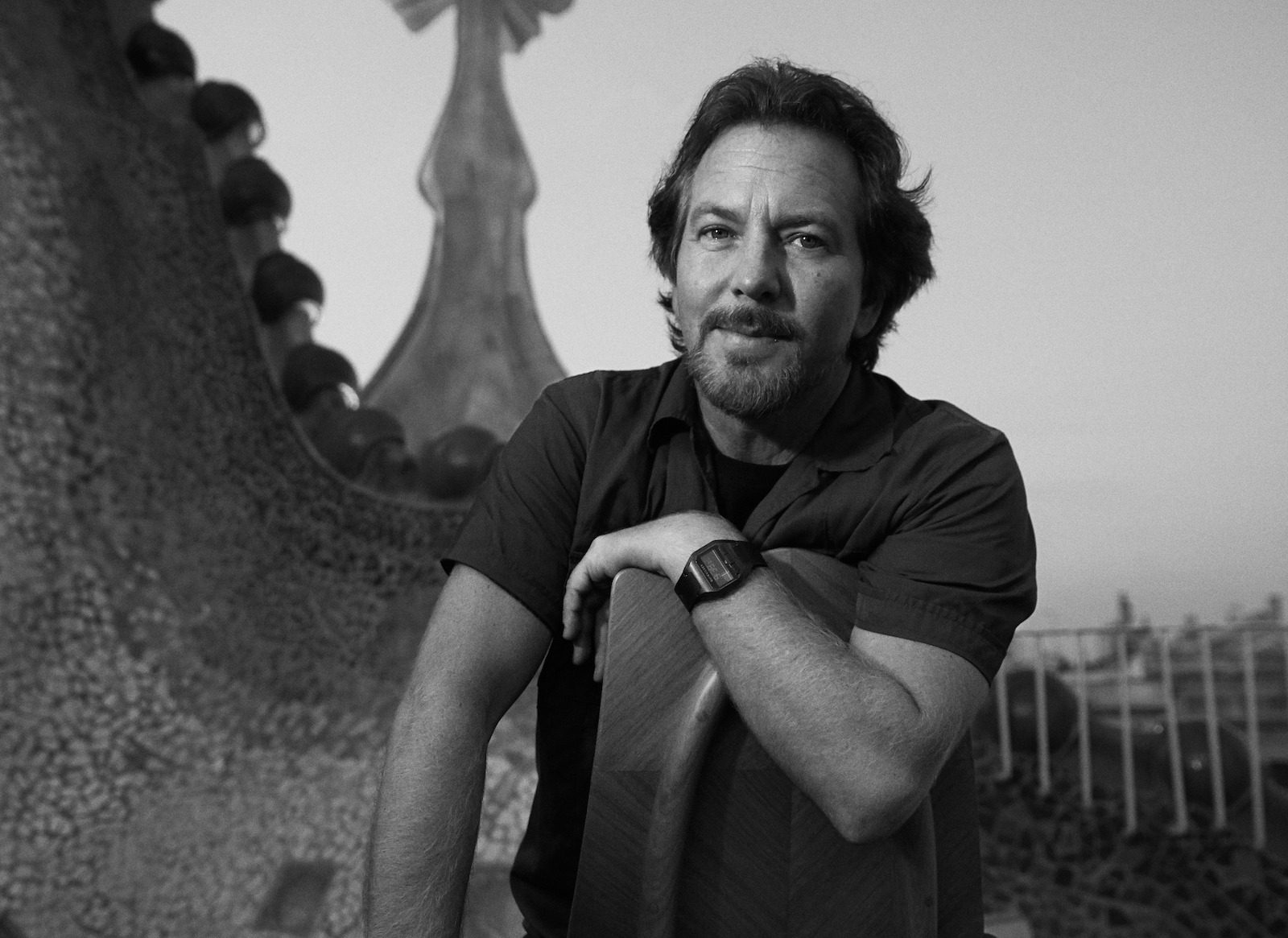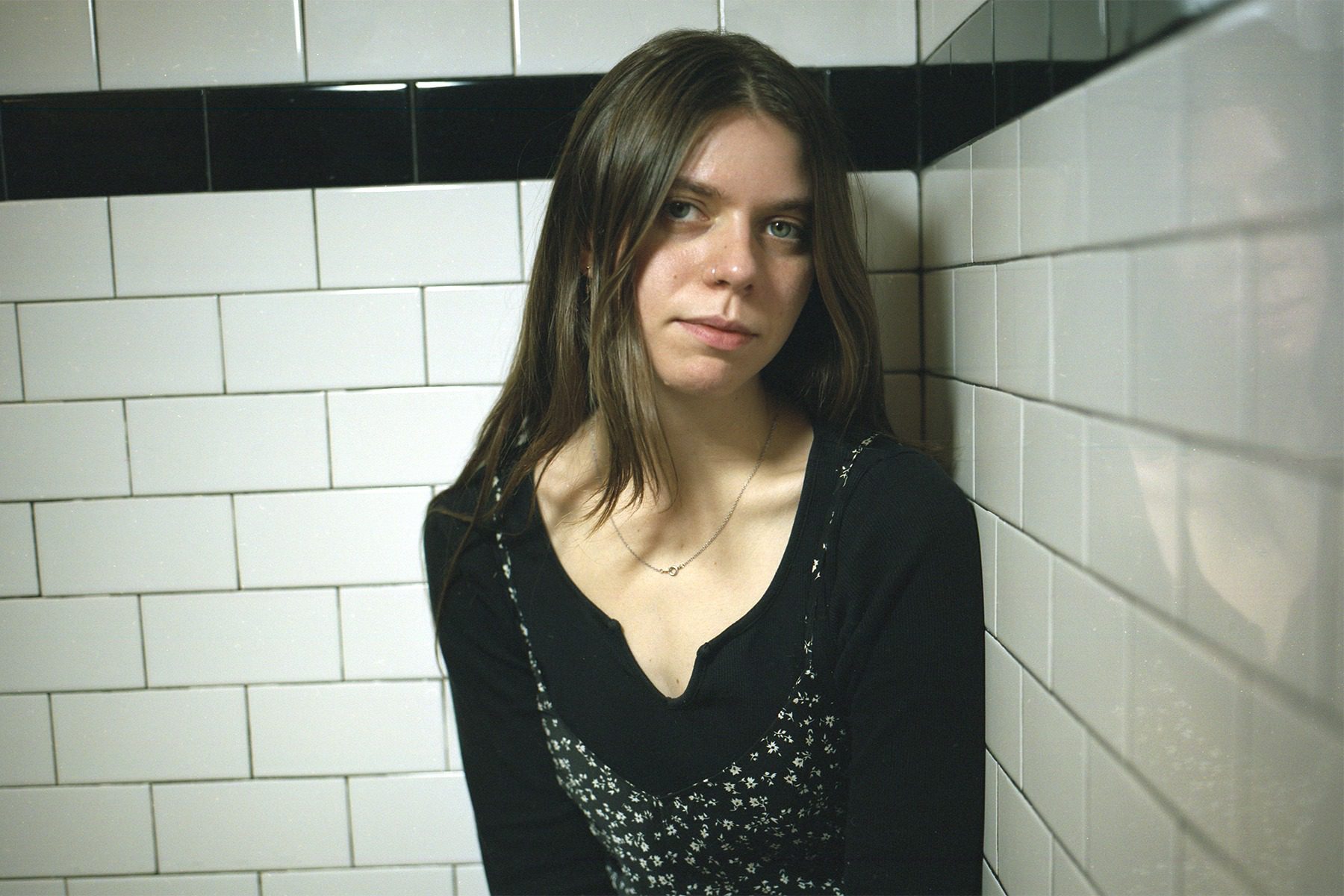
U2’s the Edge Breaks Down 9 ‘Achtung Baby’–Era Rarities
This week marks the 30th anniversary of U2’s Achtung Baby, though the Edge is having some trouble processing the fact that it’s truly been that long. “When you get into the quantum physics of time and the expanding universe and black-hole theory, there is a theory that time is speeding up,” he tells IndieLand on a Zoom call from Dublin. “So within a lifetime, you might actually start to notice the difference. I genuinely feel like time is flying past now in a way that it didn’t years ago.
“I’m being facetious,” he continues. “I’m sure it’s actually just relative to the time you’ve been around. But it is kind of mind-blowing that it was that long ago. When you think about sort of what happened from the mid-Fifties to the mid-Eighties, there was such a roller-coaster ride when it came to the development of music. Achtung Baby sounds different than what’s happening in music right now, but not that different.”
The journey to Achtung Baby started right when the Eighties came to a close and new bands like the Happy Mondays, KMFDM, and Einstürzende Neubauten were coming onto the scene. The four members of U2 didn’t know exactly how to respond to this seismic musical shift, but they knew that another collection of earnest, anthemic songs like “Sunday Bloody Sunday” and “Bullet the Blue Sky” wouldn’t fit in this new era.
blogherads.adq.push(function () {
blogherads
.defineSlot( ‘medrec’, ‘gpt-dsk-tab-article-inbody1-uid0’ )
.setTargeting( ‘pos’, [“mid-article”,”mid”,”in-article1″,”mid-article1″] )
.setSubAdUnitPath(“music//article//inbody1”)
.addSize([[300,250],[620,350],[2,2],[3,3],[2,4],[4,2],[640,250]])
;
});
“The spirit of the record from the get-go was to really set out to do something completely fresh and different,” says the Edge. “We managed to really throw caution to the wind and go for something so different sonically, texturally, rhythmically, and lyrically. But we did hold on to our songwriting and melodic chops. What I’m really mind-blown about is that we were that experimental, and yet even songs like ‘Love Is Blindness’ and ‘Ultra Violet (Light My Way)’ are such powerful, melodic pieces.”
But there are many other songs from the Achtung Baby era that didn’t wind up on the album. Some came out as B sides, while others leaked out on bootlegs or appeared on compilations and deluxe reissues. A 50-track digital Achtung Baby box is coming on Dec. 3, and 22 of those songs have never been available before on streaming services. The Edge broke down nine of the lesser-known ones for us here.
1. “Alex Descends Into Hell for a Bottle of Milk/Korova 1”
It’s a little-known fact that leading up to the beginning of the Achtung Baby writing period, Bono and I were approached by the Royal Shakespeare Company to do the music for a stage version of A Clockwork Orange. Being a huge fan of the work and having seen the film actually not that long before because we missed it when it first came out [in 1971], we were both intrigued. And so we went to meet the people that were putting the show together and we agreed to do it.
“Alex Descends Into Hell for a Bottle of Milk” was created using modern sampling keyboards and technology we’d never used before. And it was finished in London at the famous Island studio basement where Bob Marley worked. We came up with some kind of haunting stuff, and I don’t know how it related necessarily to the production, but it sure was a lot of fun to make it. And it was just an incredible opportunity for Bono and myself to try and get really out of our comfort zone and do something that we’ve never done before.
In the end, the production [of A Clockwork Orange] was flawed, to an extent, because that it didn’t really manage to take the energy onstage that the [Anthony Burgess] novel has. I’m sure we were partly to blame for that. But it was just an incredible experience and I loved every minute of it.
2. “Night and Day” (Cole Porter)
Cole Porter is one of those just giants of songwriting, and whether you’re a punk-rocker or a funker, or whatever you are, those tunes are undeniable. And so we got asked to do a cover for Red Hot + Blue, which is this AIDS charity that we really believed in. Youth was our producer on it. He had moved into production after being a bass player [in Killing Joke].
blogherads.adq.push(function () {
blogherads
.defineSlot( ‘medrec’, ‘gpt-dsk-tab-article-inbody2-uid1’ )
.setTargeting( ‘pos’, [“mid-article2″,”mid”,”in-article2″,”mid-article”] )
.setSubAdUnitPath(“music//article//inbody2”)
.addSize([[300,250],[300,251],[620,350],[2,4],[4,2],[3,3]])
.setLazyLoadMultiplier(2)
;
});
The song was early experiments in taking the U2 sound and and blending it with club culture. We had a lot of fun with the guitar parts and we came up with some really crazy sounds and hooks. Obviously, it’s one of the most classic songs ever written, so that’s that’s largely why it’s so great. But that recording still gets me every time. And Helena Christensen, who is a good friend of ours and a huge music buff, said it was one of her favorite things we’ve ever done.
3. “Lady With the Spinning Head”
This was my first attempt at doing something that was very influenced by what was happening in Manchester. That city was the epicenter of this blend of guitars with club music. That’s the Happy Mondays, the Charlatans, and I guess the Stone Roses, to some extent. But there were a lot of bands that were were very influenced by the Haçienda scene, which New Order had kicked off.
“Lady With the Spinning Head” was somewhat of an homage to that scene, but we couldn’t really get that song in the boat. It took forever, and in the end kind of never quite arrived. But what happened was this thing that often occurs with U2 when we’re struggling to finish a song. We ended up doing what we describe as “cell devision,” where you end up with song B, C, and D. And in the case with “Lady With the Spinning Head,” it brought us “Zoo Station,” “The Fly,” and “Ultraviolet (Light My Way).” So although it ended up kind of firmly on the list of B sides, it was an incredibly valuable inspiration and source for for other songs.
4. “Salome”
“Salome” was one of the earlier pieces that we came up with in our favorite demo studio in Dublin, which we always used to go to before attempting to use the main studio with all our producers and engineers. We’d just go in and have a week of playing around. “Salome” came out of those early sessions, along with a couple of things that never made the album. It’s based on such a great bass part. Also, Steven Berkoff’s play Salome was the talk of the studio around that time. Bono had just seen it.
I love that tune. It just has this weird weird atmosphere. I love music where you cannot kind of put your finger on where it’s come from. And to me now, I’ve never heard a bass part like that over a groove like that, with that sort of melody. It’s really out there in a fantastic way.
That’s what I love about being in a band. For creative people, if you all hit on one great idea for a song, no matter what it is, it’s better than one person trying to come up with lots of different cool and and contradictory ideas, which often the best songs have. And “Salome” is such a strange blend of of the contributions from the band members, and it just comes together in this really cool and impossible-to-pin-down way.
5. “Where Did It All Go Wrong?”
That’s another one of those U2 songs that showed great promise early on, but it didn’t didn’t pass the originality test. It just felt a little like, “OK, it’s cool, but we sort of have heard this before, and probably from us.”
But the lyric references [soccer player] George Best, who was a big hero of ours. And it’s based on an anecdote, which may be apocryphal, but it’s a great, great story about George. In his heyday, not only was he kind of considered the best soccer player in the world, but also was such a handsome stud that had this kind of unbelievable support from pretty girls around London town.
blogherads.adq.push(function () {
blogherads
.defineSlot( ‘medrec’, ‘gpt-dsk-tab-inbodyX-uid2’ )
.setTargeting( ‘pos’, [“mid”,”mid-articleX”,”in-articleX”,”mid-article”] )
.setSubAdUnitPath(“music//article//inbodyX”)
.addSize([[300,250],[300,251],[3,3],[620,350]])
.setLazyLoadMultiplier(2)
;
});
One day, he was apparently in a Dorchester suite with a bunch of beautiful girls. There’s cash all over the bed because he’d just won at the races. He orders champagne to the room, and the waiter just happens to be some fellow from Northern Ireland. He looks all over the room and sees George, the cash, and the women. He goes, “George, would you mind me asking, where did it all go wrong?” That’s the inspiration!
6. “Heaven and Hell”
I like that tune a lot, but I don’t remember how it came about it. It sounds to me like we were in the studio and we just kind of started improvising around some chords. And I don’t know if you’d agree, but it always sounded to me like it could have been a Prince song. I like that one a lot.
7. “Paint it Black” (IndieLands)
For a little while, we were looking around for unusual and interesting things to do for our B sides. And rather than doing something that we maybe didn’t have have time to fully flesh out, we said, “Let’s just do a series of interesting covers.” So we did we did a bunch. We did “Dancing Barefoot” by Patti Smith. We did “Everlasting Love,” and “Paint It Black.”
We gave ourselves no time, like literally. It was like, “OK, we’re gonna do this in an hour.” So we had to learn the song, and kind of figure out an arrangement and do it. That’s how it went. I was very happy with the result. I mean, “Paint It Black” is one of the great Stones songs. And having just seen them a few weeks back in L.A., they were really unbelievable. It was just such a thrill to see them. They played “Paint It Black” and “Beast of Burden” and “Wild Horses” and all of them. They’ve got some amazing songs.
8. “Fortunate Son” (Creedence Clearwater Revival)
This was part of that same series of covers. Creedence are another great band, and this is another great song. That was really out of a time when music was at the most political during the Sixties, and that was very inspiring to us at that time.
9. “Satellite of Love” (Lou Reed)
We sort of started to become awake as young music fans right at the moment when Bowie was doing some of his most extraordinary work. And we were huge fans of Lou Reed when the [David Bowie–produced] Transformer album came out. We’re still huge fans. We miss him. It was such a thrill to get to know him, as we did, on the [Amnesty International] Conspiracy of Hope Tour [in 1988]. What an incredible intellect and incredible talent and all-around fascinating person.
We played the song as a virtual duet with Lou on the Outside Broadcast leg of the Zoo TV tour because rock & roll has always tried to take us out of this world to somewhere different. That was a beautiful, simple idea.




